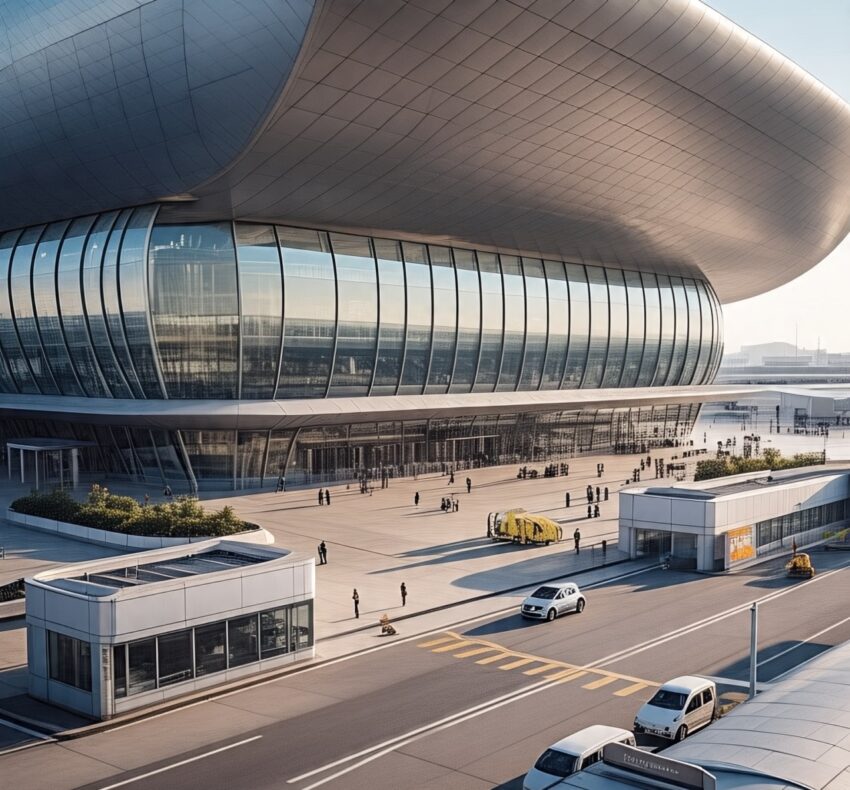Wednesday, May 21, 2025

Broader Global Implications for Travelers
A recent development in commercial aviation has the potential to usher in a transformative shift in how passengers travel across regions and continents. The new Emirates A350 service on the Dubai–Amman route promises to elevate both the flying experience and connectivity options. Aviation analysts are watching closely, noting that this move is part of a larger strategy to enhance air travel networks, particularly within the Middle East, Europe, and Asia.
With rising customer expectations around comfort, connectivity, and sustainability, the upgraded aircraft reflects Emirates’ commitment to adapting to these needs. The A350 is set for deployment to 17 cities globally by the end of 2025, aiming to raise the standards of international air travel across both short and long-haul sectors.
Elevated Passenger Experience Expected to Redefine Industry Norms
Experts speculate a noteworthy shift in passenger expectations with the introduction of the A350. The aircraft boasts a spacious configuration, wider aisles, and a quieter cabin, designed specifically for enhanced comfort. Features such as ergonomically crafted seats, advanced ambient lighting, Wi-Fi access, and a sophisticated in-flight entertainment system promise to make the in-flight experience far more enjoyable and personalized.
The three-class cabin layout caters to diverse traveler needs:
- Business Class includes 32 lie-flat seats arranged in a 1-2-1 configuration, ensuring maximum privacy for those traveling for work.
- Premium Economy features 21 seats in a 2-3-2 layout, providing extra room and comfort for discerning travelers.
- Economy Class is designed with 259 seats in a 3-3-3 configuration, enhancing space and comfort significantly.
These innovations are expected to influence future aircraft designs across the industry.
Strategic Route Expansion Fueling Regional Connectivity
Notably, the A350’s launch on the Dubai–Amman route was advanced by two weeks from the originally planned date of June 1. This proactive move is indicative of strong demand, allowing two daily flights to better serve both business and leisure travelers between these pivotal regional hubs.
Flight EK 905 departed Dubai at 22:10 on May 19, arriving in Amman at 00:15 the following day. The return flight, EK 906, took off at 02:05 from Amman, landing back in Dubai at 06:05. This timetable ensures flexibility and efficiency in travel.
In addition to the new flight, the A350 is also currently servicing six short- to medium-haul destinations, including Edinburgh, Kuwait, and Mumbai. Future services set to launch include routes to Oslo, Istanbul, and Ho Chi Minh City, further expanding the airline’s operational footprint.
Dual Aircraft Operations Amplify Capacity
Alongside the A350, Emirates continues to operate the A380 on flights EK 903/904 to Amman, underscoring an increased investment in high-capacity routes. This dual aircraft approach is seen as a strategic advantage, accommodating rising passenger numbers while maintaining a unique onboard experience.
Analysts highlight this strategy as an effective way to balance passenger volume with varied service offerings, as travelers increasingly value both comfort and affordability. Such a diverse fleet provides Emirates with a competitive edge in a rapidly evolving market.
Aviation’s Forward March into the Future
This milestone in commercial aviation transcends mere aircraft deployment; it’s being perceived as heralding a new direction for air travel characterized by the intersection of technology, passenger comfort, and global access.
Aviation experts speculate that the growing adoption of the A350 may set a new global benchmark for onboard passenger experience. For airlines, this necessitates keeping pace with the rapid technological advancements to retain customer loyalty and ensure relevance in a competitive landscape.
Key Takeaways for the Travel Industry
- The introduction of advanced cabin features is poised to redefine expectations for both long-haul and regional air travel.
- Accelerated deployment indicates strong regional demand and readiness from the airline.
- The A350’s expansion to 17 global cities by the end of 2025 is likely to enhance travel access significantly.
What Could This Mean for Tomorrow’s Traveler?
- The introduction of the Emirates A350 on this route may be a precursor to the next era in air travel, setting new standards with features like quieter cabins, smarter seating, and enhanced in-flight connectivity.
- This evolution could not only shift passenger preferences but also motivate competing airlines to upgrade their fleets and expand their networks to stay competitive. With the A350 expected to reach 17 global destinations by the end of 2025, the potential for redefining flight experiences across continents is tremendous.
- Ultimately, this move suggests a broader shift in priorities within the aviation sector, emphasizing comfort, sustainability, and innovation as principal drivers for the future of air travel. Will this elevate global air travel standards? The consensus in the industry leans toward ‘yes.’


